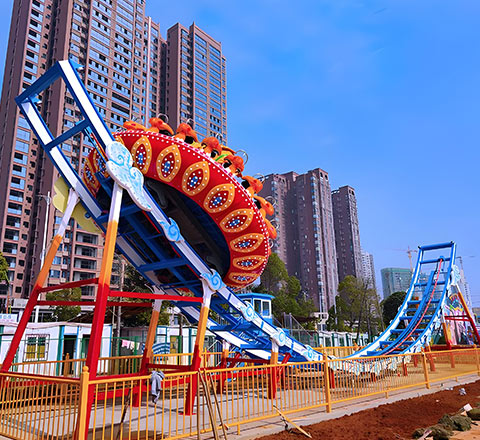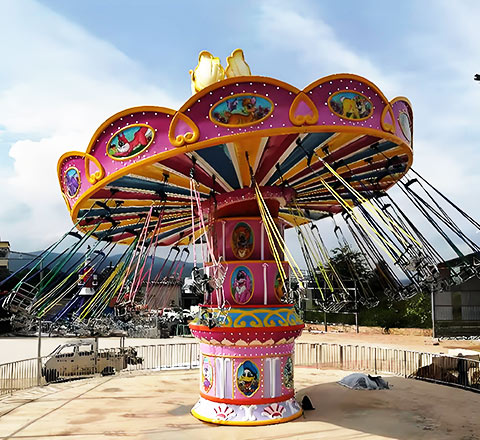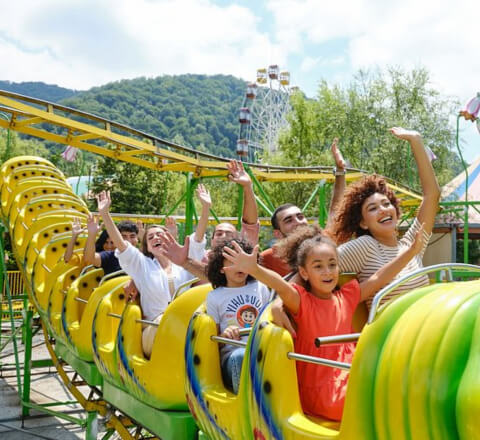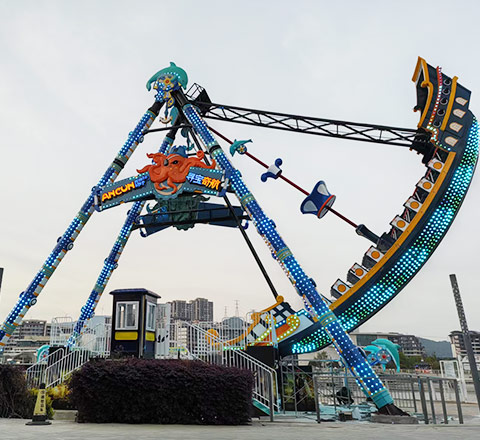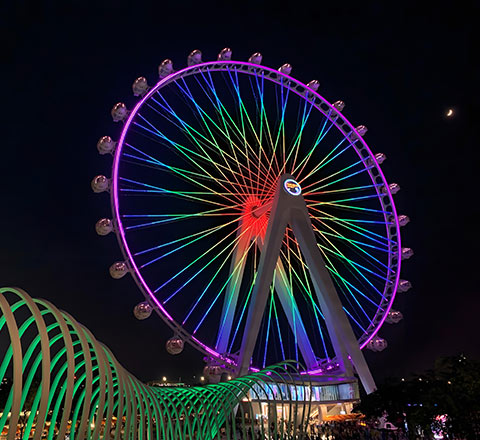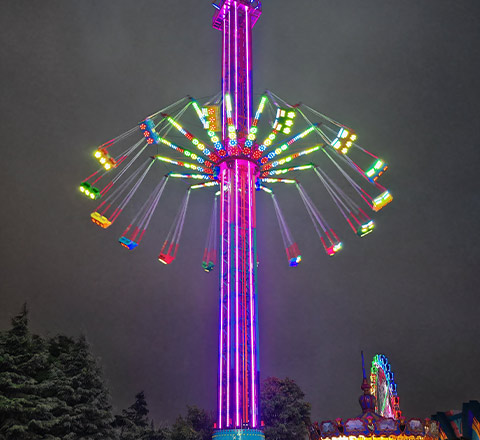Among the many attractions in amusement parks and fairs, the swing ride—also known as a swing carnival ride, flying swing, wave swinger, or Chair-O-Planes—remains one of the most iconic. The history of Swing Rides is not just about mechanical innovation, but also about cultural evolution, spanning from ancient rope swings to today’s towering, high-tech marvels.
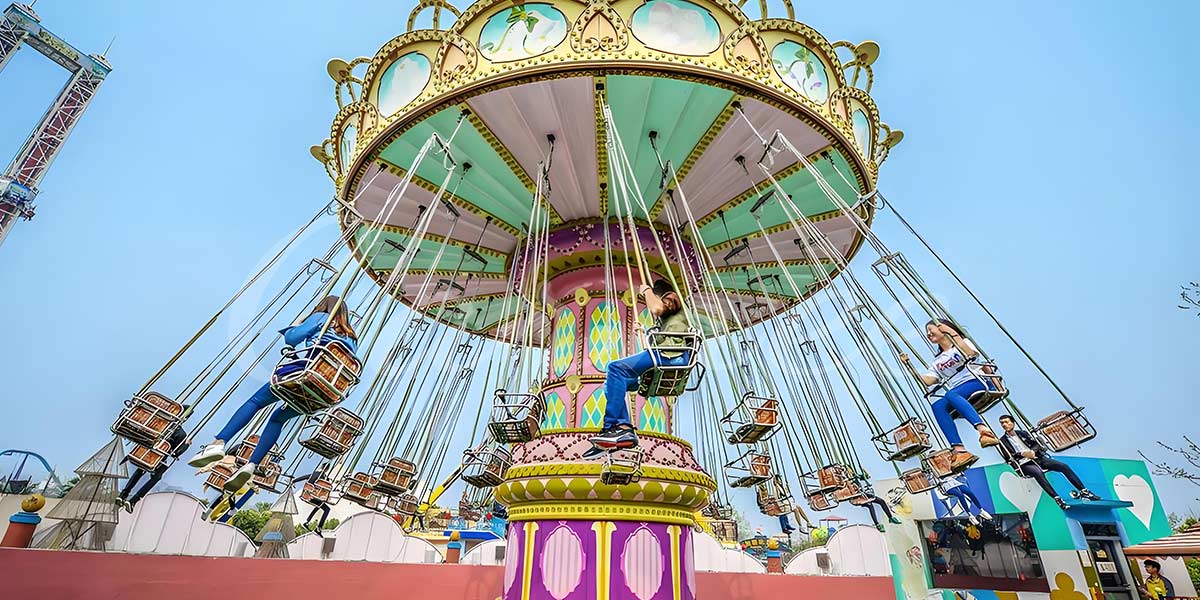
Ancient Origins – The Earliest Swinging Attractions
The history of swing rides can be traced back to the 6th century Byzantium, where people built simple swings using ropes, baskets, and a central pole. Riders would sit in the baskets and be spun around manually.
These primitive fairground swings reflected humanity’s early fascination with flight and motion. Long before airplanes, the sensation of being lifted and swung through the air already captured imaginations.
Medieval Inspiration – Knights and Carousels
By the 12th century, cavalry games in Europe and Asia influenced the development of carousels and early swing-like rides. Knights rode in circles while spearing suspended rings, a pastime that blended competition with entertainment.
This tradition laid the groundwork for carousel swings, with suspended seats instead of animals, focusing on the thrill of flying rather than the spectacle of horseback riding.
Traveling Fairs and Early Mechanical Swings
In the 17th and 18th centuries, traveling fairs featured hand-cranked or horse-powered carousels alongside early swinging devices. These attractions became common entertainment at local gatherings.
By the early 20th century, as permanent amusement parks emerged, swing rides quickly became a staple. Affordable, visually striking, and suitable for all ages, they offered an accessible thrill compared to more complex rides.
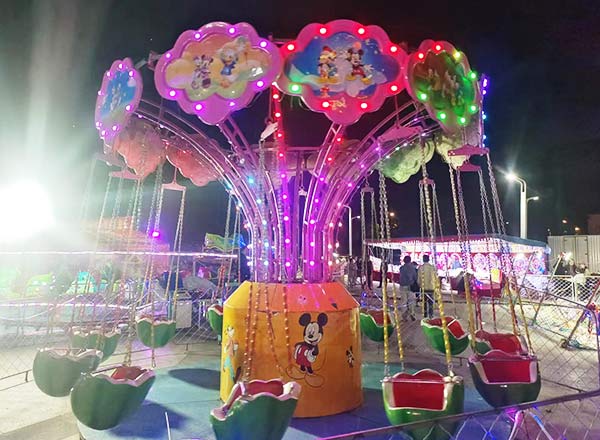
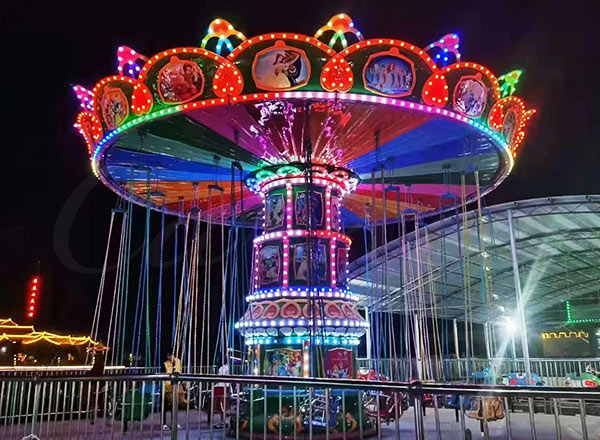
20th-Century Growth – From Idora Park to Chair-O-Planes
The First Mechanical Flying Swings
In 1908, the Flying Swing at Idora Park in Ohio debuted as one of the first mechanically powered swing rides. Though basic by today’s standards, it marked a turning point in amusement park technology.
The Renaissance of the 1970s
The 1970s brought a major revival. German manufacturers Zierer and Franz Schwarzkopf introduced the modern Chair-O-Planes, incorporating stronger chains, lighter seating, and improved safety.
This era also saw the birth of the wave swinger, with a tilting top canopy that allowed seats to swing not only outward but also up and down in a wave-like motion. Portable models soon followed, allowing carnival swing rides to travel from fair to fair.
Modern Marvels – Towering Heights and Advanced Features
Today’s swing rides range from kiddie swings only 50 cm off the ground to towering structures over 100 meters high. With advanced engineering, they are safer, smoother, and more impressive than ever.
Famous Modern Examples
- WindSeeker (Cedar Fair, USA) – 92 meters tall, 64 seats, opened in 2011.
- Prater Tower (Vienna, Austria) – 117 meters tall, built in 2010, among the tallest in the world.
- Star Flyer (Tivoli Gardens, Denmark) – lifts riders 80 meters high with panoramic views.
- SkyScreamer (Six Flags, USA) – heights between 45–125 meters, speeds up to 69 km/h.
- Silly Symphony Swings (Disney California Adventure) – a themed wave swinger with 48 chairs, integrating story, music, and design.
Customization and Theming in Modern Swing Rides
Unlike their early predecessors, modern flying swings are highly customizable. Manufacturers now offer:
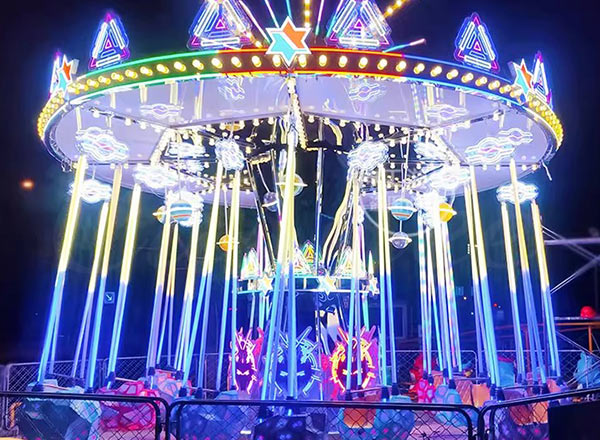
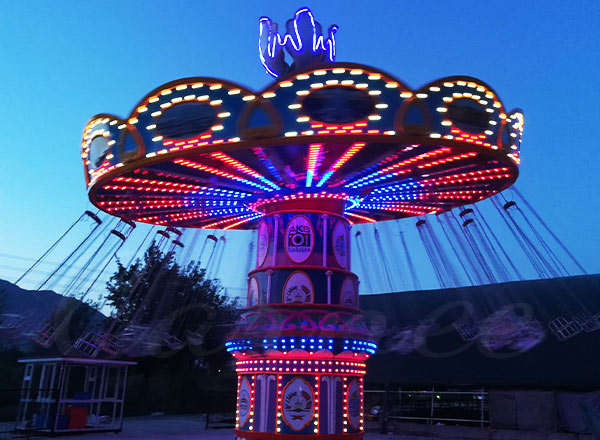
- RGB LED lighting systems that create dazzling night displays.
- Built-in music and synchronized sound effects enhance immersion.
- Themed seat designs (animals, cartoon characters, branded IP).
- Decorated canopies, platforms, and fences match park aesthetics.
- Digital monitoring systems (IoT) for real-time safety checks and smooth operation.
These innovations make swing rides not only thrilling but also signature attractions, blending entertainment with storytelling and visual spectacle.
Cultural Impact and Global Appeal
Swing rides transcend borders and cultures. From Tokyo Disneyland to Europa Park in Germany to American traveling carnivals, they remain a universal favorite.
Their versatility allows for:
- Child-friendly kiddie swings with gentle motion.
- Tower swings catering to thrill-seekers.
- Indoor swing rides are found in malls and family entertainment centers.
Social media has amplified their popularity—videos of giant swings silhouetted against city skylines frequently go viral, making them a modern cultural icon.
Conclusion – A Timeless Classic
From the rope swings of ancient Byzantium to today’s high-tech flying swings equipped with dazzling lights, themed designs, and immersive music systems, swing rides have evolved for more than a thousand years while preserving their essence—the pure joy of soaring through the air. Their unique physics, adaptability, and universal appeal have made them a timeless thrill ride in amusement parks, as well as one of the most profitable attractions in theme parks, fairgrounds, and carnivals worldwide.
If you would like to learn more about purchasing considerations, safety standards, investment costs, and routine maintenance of flying swings, please visit The Ultimate FAQ Guide to Swing Carnival Rides.

